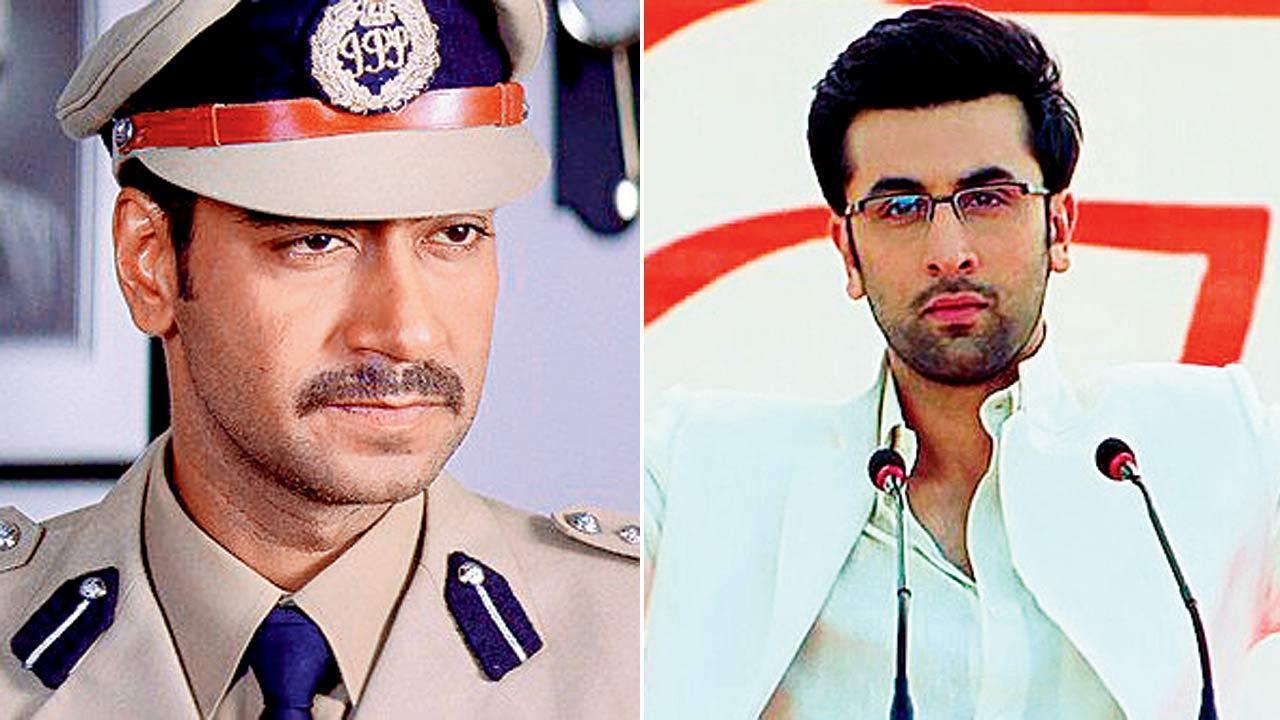
In the heart of India’s central province, Madhya Pradesh, exists a storied gateway that has recently garnered renewed attention thanks to its cinematic portrayal in the newly released film “Stree 2.” This sequel from the popular “Stree” franchise features a pivotal scene between Shraddha Kapoor and Rajkummar Rao set against the imposing backdrop of Kati Ghati, a historic gateway to the town of Chanderi located in the Ashoknagar district.
The film “Stree 2,” directed by Amar Kaushik, has emerged as a significant success, earning Rs 55.40 crore on its opening day in India. Released on Independence Day, it had to contend with stiff competition from other major releases like Akshay Kumar’s “Khel Khel Mein,” John Abraham’s “Vedaa,” and Vikram’s “Thangalaan.” Yet, it managed to hold its own, in part due to its vivid storytelling and authentic locations, prominently featuring the architectural marvel of Kati Ghati.
So, what makes Kati Ghati a subject of fascination, both in folklore and in film? This mammoth gate, hewn from a massive rock, stands 10 meters tall and 25 meters wide. Its dimensions alone are enough to inspire awe, but it is the narrative etched into its stones that makes it truly captivating. Historical inscriptions in both Devnagari and Nashq scripts indicate that the structure was commissioned by Jiman Khan, son of Sher Khan, the governor of Chanderi in 1480 CE.
According to local lore, Sultan Ghiyasuddin Khilji of Malwa once announced an unexpected visit to Chanderi. To honor his arrival, a grand gate was urgently required. Charged with this daunting task, Jiman Khan issued a promise of substantial reward to any mason who could complete the gate in just one night. Out of a hundred masons, only one dared to accept the challenge, and astonishingly, he succeeded in erecting the gateway overnight.
Despite the remarkable feat, recognition and reward eluded the mason. Jiman Khan, perhaps out of jealousy or mistrust, claimed that the absence of a gate door could jeopardize the Sultan’s safety. This excuse served as his pretext for withholding the promised reward.
. Heartbroken by this injustice and found wanting of the acknowledgment he deserved, the mason tragically ended his life at the very site of his masterpiece. Today, his grave lies beside Kati Ghati, a poignant reminder of both his talent and his misfortune.
Kati Ghati attracts tourists and history enthusiasts alike, serving as an infamous testament to human endeavor and its sometimes cruel recompense. Though its tale is laced with sorrow, it remains an enduring draw within Chanderi, a town that melds its historical heritage with contemporary storytelling through films like “Stree 2.”
An alternative legend associated with Kati Ghati is also noteworthy, albeit less widely accepted. This version posits that the hill obstructing Chanderi’s entrance stymied the advance of Babur’s army. In response, Babur ordered the hill to be cut through, thus creating the pathway now known as Kati Ghati. While this iteration offers an intriguing narrative, it hasn’t eclipsed the story of the mason’s sacrifice as the predominant lore associated with the gateway.
Cinematic portrayals like the ones in “Stree 2” bring these historical and mythical narratives to a broader audience, combining entertainment with enlightenment. The film adds emotional depth by featuring the poignant farewell scene between lead actors Rajkummar Rao and Shraddha Kapoor, using Kati Ghati as a silent but evocative witness to their moment. This cleverly fuses elements of folklore with modern storytelling, inviting viewers to explore the multifaceted identity of Chanderi and its architectural landmarks.
The success of “Stree 2,” both as a continuation of a beloved franchise and as a standalone film, speaks volumes about the power of integrating real-world locations with rich historical significance into storytelling. It’s a cinematic strategy that not only enhances the narrative but also piques public interest in India’s lesser-known historical sites.
Whether or not Kati Ghati is haunted is open to personal belief, but its grip on the imagination of locals and visitors alike is undeniable. From the lens of the filmmaker to the eyes of the tourist, the gateway endures as a centerpiece of Chanderi’s mystique, embodying tales of ingenuity, tragedy, and resilience. With each retelling, the legend of Kati Ghati grows, cementing its place not just in history but in the hearts and minds of all who encounter it.










